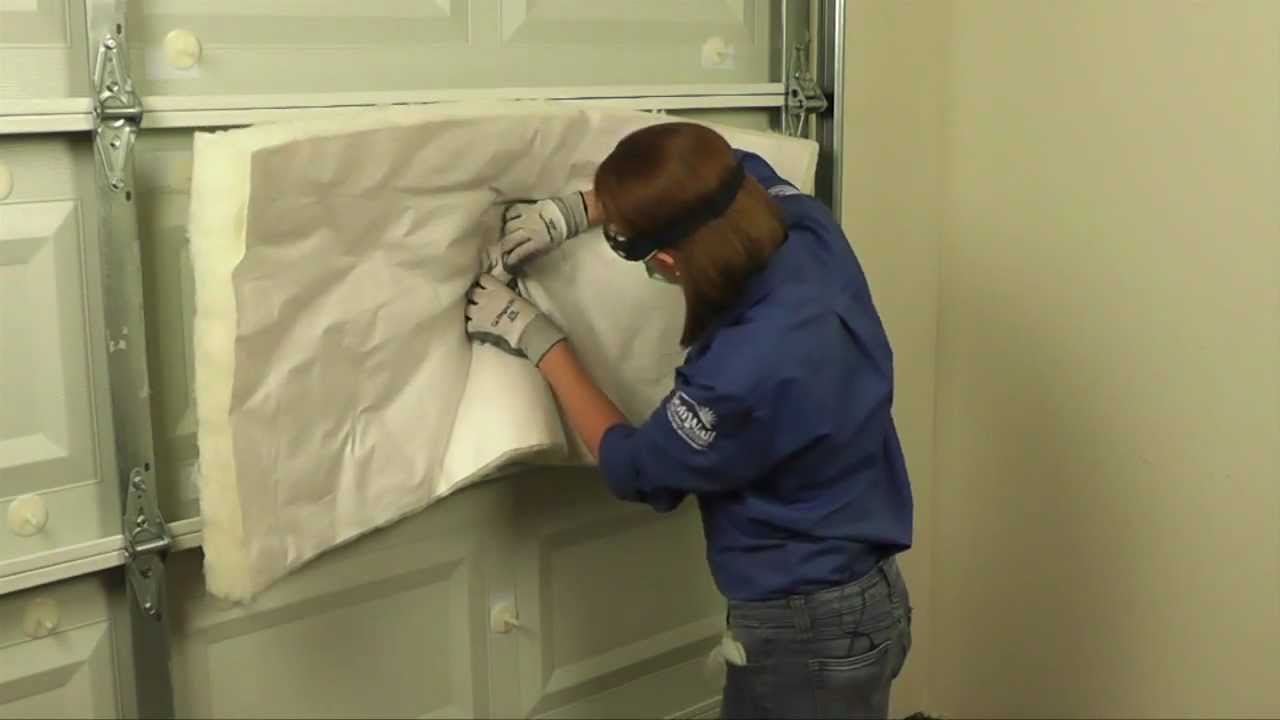Quick Tips: Winter-Ready Garage Door
As we’ve seen in the last couple weeks, winter has only just begun. And it’s not going to be an “easy” year. With a few warm days in our forecast, it’s a great idea to prepare your garage and garage door for the full-force of winter, winterize your garage, if you haven’t done so already. These may be a little bit of a hassle, but the time and money you’ll save in the long run are well worth it!
Insulate Your Garage Door and Garage Walls.
The insulation type will vary based on the material of the door you have. If you have a steel door, any type of insulation will work. But, batt insulation is the simplest and most adaptable. This is usually made out of fiberglass any may be backed with paper or foil. This can be stuffed into the frames around the door. Batt insulation should have a snug fit but not jammed tightly. The R-value of batt insulation is about three to four per inch. The more the merrier. All insulation is rated with a R-value; the higher the R-value the better a material’s insulation abilities.


If your garage door is wood frame-and-panel or a flat garage door, one without panels, rigid insulation like foam board is best. This can be placed in between the door and the frame. If you’d like extra protection, another layer can be added. The R-value is between three and six.


Insulate the garage door walls as well. The door and walls are the weakest points in insulation. Doubling over what you may have will help you greatly. Whichever material you end up using can be used on the walls as well.
Update the Weather Stripping.
As with any other part in the garage, weatherstripping needs to be replaced from time to time. If yours in cracked, ineffective, and letting air in. Remove the existing weatherstripping and any sealant that is still there. The new weatherstripping will be much simpler to install if the old stuff is removed well; and it will seal better!
Cover and Seal your Windows, Switches, and Outlets.
Check the sealing and weatherstripping around all entry points into your garage, no matter how small they may be. Use weather-resistant caulk or masonry sealer to protect your home’s exterior walls and siding.
Above are the three most important things you can do for your garage this winter. Whether you are out working in the garage all the time or it’s just a place to pass from your house to your car, a warm garage is always better. And it will help with the overall costs of your home’s heating. Want to winterize your garage but don’t feel like going out in the cold? Give us a call at (620)275-4602 and we can take care of it for you! Contact us with any questions you may have!

